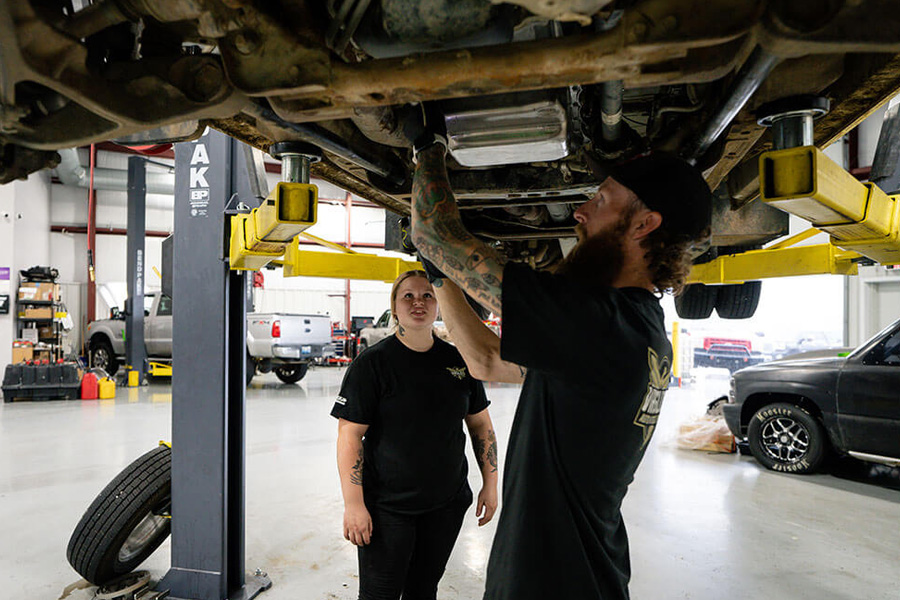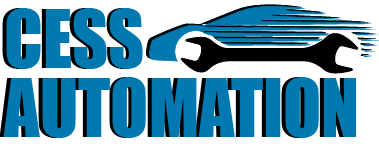
Dirt and water entering joints accelerate wear and cause damage. Healthy joints maintain smooth torque transfer under all driving conditions. Understanding contaminant ingress improves maintenance and prolongs joint lifespan effectively. Proper care preserves joint integrity and prevents unexpected driveline failure consistently. Acting promptly ensures predictable steering response and smooth torque delivery. Contaminant protection is critical for reliable CV joint operation consistently. Drivers can rely on Auto Repair in Shelbyville, KY for expert inspection. Driving without protecting joints leads to rapid internal wear and failure.
Abrasive Effects of Dirt
Dirt particles scratch bearing surfaces and races during rotation continuously. Abrasive contact produces pitting scoring and accelerated material loss immediately. Bearings and cages experience increased friction causing vibration and clunking. Mechanics inspect joints for dirt contamination during routine service carefully. Cleaning and replenishing grease restores smooth rotation and predictable torque transfer. Healthy joints absorb stress without producing unusual noise or binding reliably.
Corrosive Effects of Water
Water entering the joint promotes rust formation on metal surfaces consistently. Rust increases friction and weakens structural components gradually over time. Bearings cages and races suffer degradation producing clunking vibration and heat. Mechanics check for moisture inside boots and joint housing carefully. Replacing contaminated grease restores smooth rotation and predictable torque delivery effectively. Healthy joints resist stress and maintain driveline stability and efficiency reliably. Ignoring water ingress accelerates corrosion and reduces CV joint lifespan significantly. Proper boot integrity prevents moisture ingress and preserves internal component durability. Water can silently destroy CV joint internals if left unchecked repeatedly.
Boot Compromise
CV boots contain grease and protect joints from contaminants constantly. Cracked or torn boots allow dirt water and debris to enter. Contaminated grease accelerates wear and produces internal friction and heat rapidly. Mechanics inspect boot condition during service and replace damaged boots carefully. Proper boot maintenance preserves internal cleanliness and prolongs CV joint lifespan. Healthy boots maintain smooth rotation preventing binding and unusual noises consistently.
Lubrication Breakdown
Contaminants degrade grease reducing lubrication effectiveness and increasing friction continuously. Dirty or water-contaminated grease loses viscosity and cannot protect bearings properly. Increased friction produces vibration clunking and heat accelerating internal wear. Mechanics flush and replace contaminated grease during service carefully and thoroughly. Proper lubrication restores smooth rotation and reduces torque irregularities reliably. Healthy grease protects precision surfaces maintaining driveline stability and quiet operation. Ignoring lubrication breakdown accelerates material fatigue and may cause sudden joint failure. Clean grease prevents contaminant damage and prolongs CV joint functionality. Lubrication is critical to isolate surfaces from dirt water and friction.
Conclusion
Contaminant ingress reduces CV joint performance consistently over time repeatedly. Dirt and water produce abrasive corrosion and accelerated wear internally. Damaged joints reduce torque transfer produce vibration and risk sudden failure. Early inspection prevents secondary drivetrain damage and restores smooth operation.

